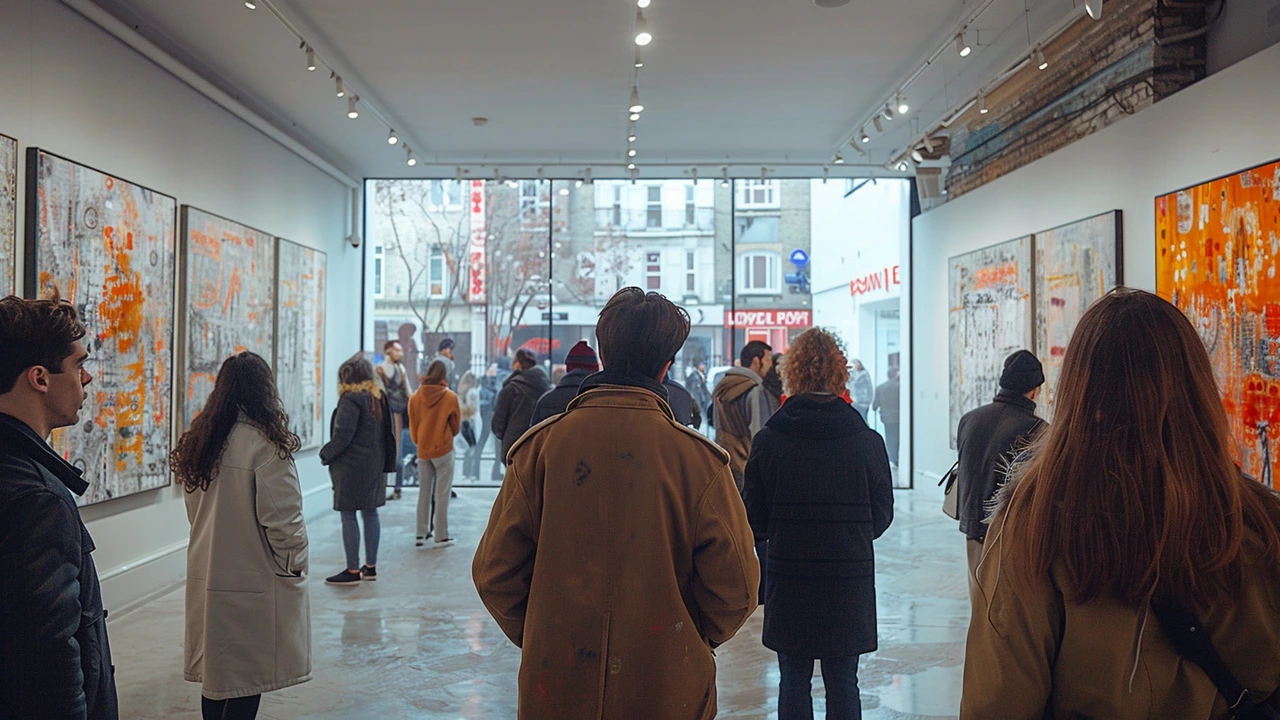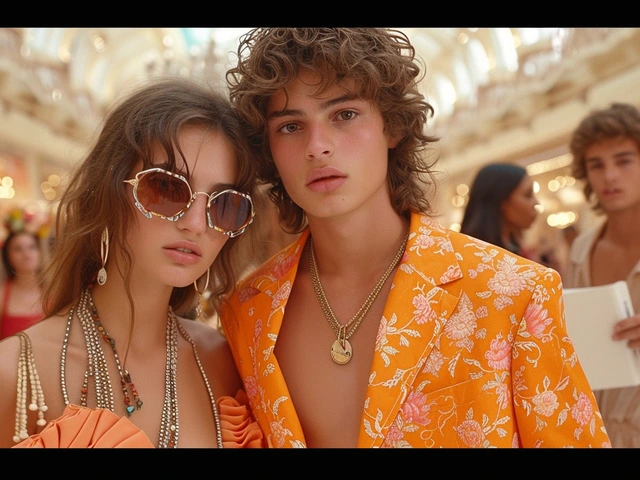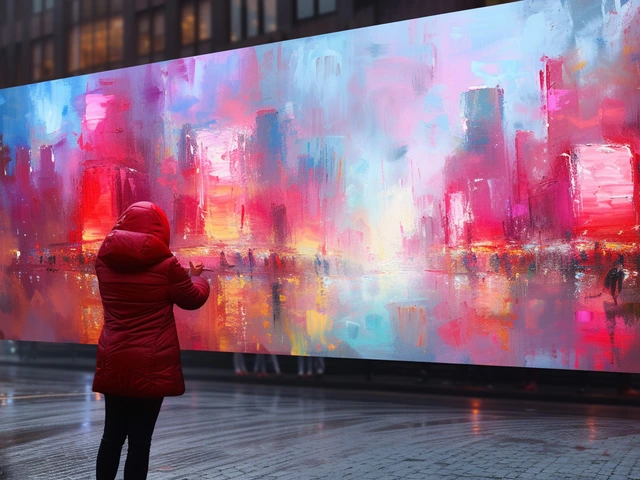The Genesis of Modern Art: Understanding its Historical and Cultural Context
Modern art, a term that captures a variety of genres, styles, and artistic expressions, primarily reflects the ideologies and social changes of the late 19th and the entire 20th century. As traditional techniques and perspectives began to shift, artists like Pablo Picasso and Marcel Duchamp broke from the past, initiating a series of art movements that challenged pre-existing perceptions of art and aesthetics. The inception of modern art was marked by a quest for new perspectives, driven by technological advancements, global cultural exchanges, and deep philosophical questions regarding human existence and perception.
The impact of industrialization, which reshaped urban landscapes and introduced new materials and technologies, played a pivotal role in the development of modern art. Artists began to experiment with materials like steel, plastic, and synthetic paint, which not only altered the way art was produced but also how it was perceived by the audience. Art movements such as Fauvism, Cubism, and Surrealism explored vivid color schemes, abstract forms, and dream-like imagery, pushing the boundaries of visual representation and artistic meaning.
Throughout the early 20th century, modern art movements quickly evolved, reflecting the rapidly changing social environment and an increasingly global culture. World conflicts, the rise of consumerism, the expansion of media, and later the influence of the digital age, all contributed to new themes and techniques in art. This period was not just about artistic rebellion but also about deep introspection and critique of society, politics, and human emotion.
Key Movements and Figures in Modern Art
In exploring the landscape of modern art, it’s essential to highlight key movements that have defined its evolution. Impressionism, initiated by artists like Claude Monet and Camille Pissarro, departed from exact representation to capture moments perceived through the artist's eye, emphasizing light and its changing qualities.
Cubism, spearheaded by Pablo Picasso and Georges Braque, fragmented objects into geometric shapes, presenting multiple viewpoints simultaneously and challenging traditional perspectives of art. Surrealism, led by Salvador Dalí and René Magritte, delved into the unconscious mind, presenting illogical scenes with photographic precision, creating a jarring yet intriguing realm of hyper-realism.
The evolution of modern art is also marked by the influence of abstract expressionism, particularly in the post-World War II era, with artists like Jackson Pollock and Mark Rothko rejecting detailed representations in favor of vast canvases filled with color and form that evoke deep emotional responses. This era of modern art highlighted the artist's raw expressions, emphasized through brush strokes, color mixing, and the physical act of painting.
Appreciating Modern Art in the Current Era: Techniques, Themes, and Public Perception
The appreciation of modern art often hinges on an understanding of the context in which it was created. Today, contemporary artists continue to draw on the multifaceted heritage of modern art, employing advanced technologies such as digital imaging and interactive installations, which further blur the boundaries between the artist, the artwork, and the audience.
Art installations today often incorporate elements such as video art, virtual reality, and user interactivity to enhance the sensory experience and engage the audience more directly. These methods reflect not only technological advancement but also a shift in how viewers interact with and interpret art. The themes in modern art range from personal narratives and social commentaries to abstract conceptualizations and explorations of space and time.
The role of museums, galleries, and alternative spaces in showcasing modern art has been crucial in shaping public perception. Through exhibitions, retrospectives, and public programs, these institutions facilitate dialogues between the art, the artists, and the community, enriching the viewer's experience and understanding of modern art.
In conclusion, modern art is not just about observing and appreciating what is visible. It's a deeper dialogue, a challenging conversation between the creator, the viewer, and the larger cultural context in which they exist. Engaging with modern art is a dynamic and enriching experience that allows individuals to explore new visual languages and diverse perspectives.



